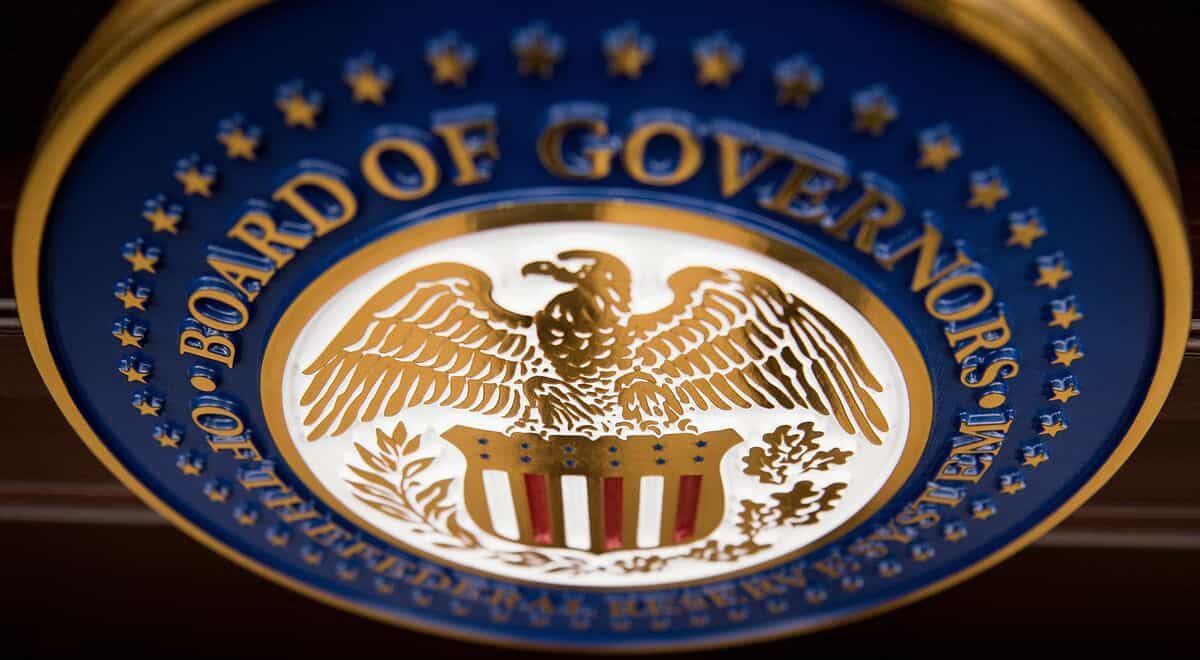Volatility is back — at least a little — heading in to a week filled with central bank interest-rate decisions and quarterly earnings for some of the world’s biggest companies.
The drumbeat for a faster pace of US Federal Reserve rate cuts grew louder last week, with former New York Fed governor Bill Dudley calling for a reduction as soon as this week’s meeting or at least by September. Almost three-quarters of economists surveyed by Bloomberg News expect the Fed to signal plans to start rate cuts in September. The Bank of Japan may go in the other direction, with 90% of economists poll seeing the risk of a hike.
Contours of the volatility market show just how important this week — which features corporate results from Meta Platforms Inc., Microsoft Corp. and Apple Inc., and payrolls data on Friday — is for traders. A gauge of implied swings in the S&P 500 in the next week jumped to almost 2 points above the expected volatility two weeks from now, the largest gap since June.
Narrower Rate Gap
Going long the yen through options ahead of a BOJ policy decision has been an ongoing theme in the past two years as traders hedged for a potential hawkish shift. But it’s the first time that such strong demand for yen bullish exposure follows a steep rally in the spot market.
Should the BOJ increase interest rates and the Fed suggest it’s comfortable with market pricing for a September cut, the yen rally could gather even further momentum, which is why traders are paying a hefty premium to own the trade.
For euro traders, the Fed meeting isn’t seen as a potential game changer. Officials will likely retain flexibility over a September rate cut, which means steady money market pricing, and in turn, tight ranges in the common currency. One-week implied volatility stays below this year’s average, while risk reversals orbit parity.
US Rate-Cut Bets
In interest-rate markets, traders last week appeared to have added to wagers for Fed rate cuts beginning in September as well as Treasury yield-curve steepening positions.
Open interest in Fed funds futures for September, October, November and December climbed to highs during the week as the market moved to price in additional Fed easing by year-end. Positioning in September and October contracts climbed 12% and 13% on Wednesday. In Treasury futures, five-, 10- and Ultra 10-year contracts also saw steep increases in open interest Wednesday, consistent with new commitments to curve-steepening wagers.
Stock Volatility Returns
Equity volatility perked up with a selloff that sent the Nasdaq 100 Index down 8% from its peak, and early Monday was holding above 16.5. The S&P 500’s 2.3% plunge on Wednesday ended its longest stretch without a 2% decline since the start of the global financial crisis in 2007. VIX options were in demand as traders sought to protect broadly against more swings, with the VVIX Index jumping above 100 for the first time since April.
“If VVIX stays elevated, even with lower VIX, this will suggest that the market expects volatility to swing around over the next few weeks” amid catalysts of earnings, growth and politics, Tanvir Sandhu, Bloomberg Intelligence’s chief global derivatives strategist, wrote Friday in a note.
After a cooler-than-expected inflation reading set off a massive rotation from tech winners into companies that would benefit most from Fed rate cuts, middle-of-the-road results from Alphabet Inc. and others soured investors’ view on the promise of artificial intelligence.
Now traders are looking far more bullish on small-caps than bigger names. The one-month put skew for the iShares Russell 2000 ETF shrank to the lowest level in over a decade, while that on the SPDR S&P ETF Trust touched the highest since April.
Options are pricing a 1.1% move in the S&P 500 around the Fed meeting, according to Citigroup Inc. If it holds, that would be the largest FOMC-day straddle breakeven since March 2023.
While the FOMC event “feels secondary” to earnings and payrolls data, “there is always room for the Fed to surprise,” Citigroup strategists led by Stuart Kaiser, head of US equity trading strategy, wrote in a note.

